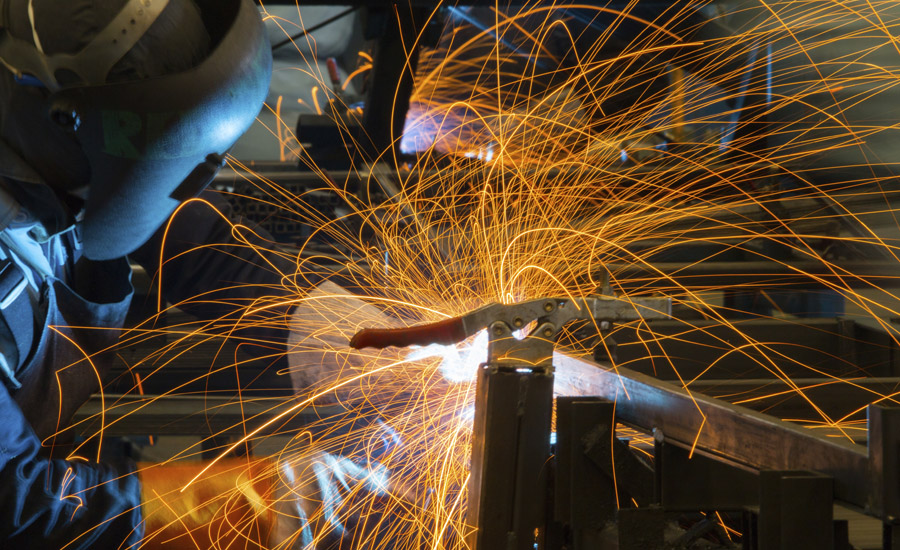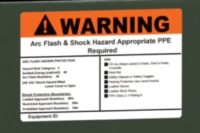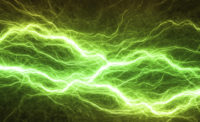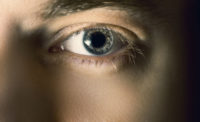A flash burn is a painful inflammation of the cornea, which is the clear tissue that covers the front of the eye. A flash burn occurs when you are exposed to bright ultraviolet (UV) light. It can be caused by all types of UV light, but welding torches are the most common source. That’s why it is sometimes called ‘welder’s flash’ or ‘arc eye.’
Flash burns are like sunburn in the eye and can affect both your eyes. Your cornea can repair itself in one to two days, and usually heals without leaving a scar. However, if the flash burn is not treated, an infection may start. This can be serious and may lead to some loss of vision.
Symptoms of flash burn
The symptoms include:
- pain that may be mild to very severe, usually starting a few hours after the incident
- bloodshot eyes
- light sensitivity
- watery eyes
- blurred vision
- the feeling of having something in your eye.
Causes of flash burn
You can receive a flash burn after being exposed to UV light. Sources include:
- welding torch
- direct sunlight
- reflection of the sun off water or snow
- sunlamp in a tanning salon
- some types of lamps, such as halogen or a photographer’s flood lamp.
Diagnosis of flash burn
Diagnosis requires an eye examination, which may include:
- Anaesthetic drops – the doctor may use eye drops to numb your eyes. These drops work long enough to examine your eyes and should not be used more than a few times.
- Inspection – the eyes are checked for damage.
- Dye – the doctor may put orange dye in your eyes. This shows up any damage when a special blue light is used. The dye is harmless and washes out with your tears.
Treatment for flash burn
Treatment for flash burns may include:
- Dilating drops – these are sometimes used to relax the eye muscles, which in turn eases pain and allows your eyes to rest and heal. Your pupils (the black part of the eye) will look bigger than normal. This effect lasts several hours to a few days.
- Dressing – your eyes may be covered with a padded dressing to rest them and allow them to heal. Do not drive with an eye patch on.
- Antibiotics – you may be advised to use antibiotic drops or ointment at home to stop infection. Follow your doctor’s advice as to how often to use the prescribed eye drops or ointment. You may also be given a mild steroid-based anti-inflammatory drop.
- Review – you will be reviewed in 24 to 48 hours to make sure that your eyes are healing. Some problems, such as infection, don’t show up right away. If there are any serious problems, you will be sent to an ophthalmologist (specialist eye doctor)
- Eye drops and ointments for flash burn
General suggestions for using eye drops and ointments include:
- Wash your hands before touching your eyes.
- Rest your finger on your cheek and pull down the lower eyelid.
- Tilt your head back and drop the liquid in behind your lower eyelid.
- For ointment, smear a small amount along the inside of the lower eyelid. Make sure that the nozzle doesn’t touch the eye.
- You need to continue with the treatment until your eyes have healed.
- Keep all drops and ointment in the fridge and out of reach of children.
Taking care of yourself at home after a flash burn
Suggestions include:
- Take pain-relieving medication such as paracetamol, ibuprofen or codeine. Check the packet for the right dose. The pain is likely to last about a day.
- Don’t wear contact lenses until your eyes have healed.
- Wear sunglasses if your eyes are sensitive to light.
- Use artificial tears or lubricants to help any discomfort in your eyes. You can buy these products over the counter at most pharmacies.
- It is important to return for a check-up when your doctor advises.
Seek urgent medical help for flash burn
You should see your doctor or go to the nearest hospital emergency department if you have symptoms including:
- blurred vision that is not due to eye drops or ointment
- worsening glare
- worsening pain
- if you are concerned about your eyes for any reason.
Prevention of flash burn
Prevention is best. Suggestions include:
- Protect the cornea from UV light by wearing coated safety goggles.
- Always wear a welder’s mask when welding. Make sure the goggles are made to Australian Standards and cover the eyes completely.
- Sunglasses should protect against both UVA and UVB radiation. Check the label when buying sunglasses.
Where to get help
- In an emergency, call triple zero (000) in Canada or 9-1-1 in U.S.
- Your doctor
- Emergency department of your nearest hospital
- Ophthalmologist
- Pharmacist
- Optometrist
- WorkSafe Victoria Tel. (03) 9641 1444 or 1800 136 089 (toll free) – for general enquiries
- WorkSafe Victoria Emergency Response Line Tel. 13 23 60 – to report serious workplace emergencies, seven days, 24 hours
Things to remember
- Flash burns are like sunburn in the eye and can affect both your eyes.
- A flash burn occurs when you are exposed to bright UV light.
- With the right care, your cornea will usually heal itself without leaving a scar.
Source: WorkSafe Victoria, British Columbia, Canada







